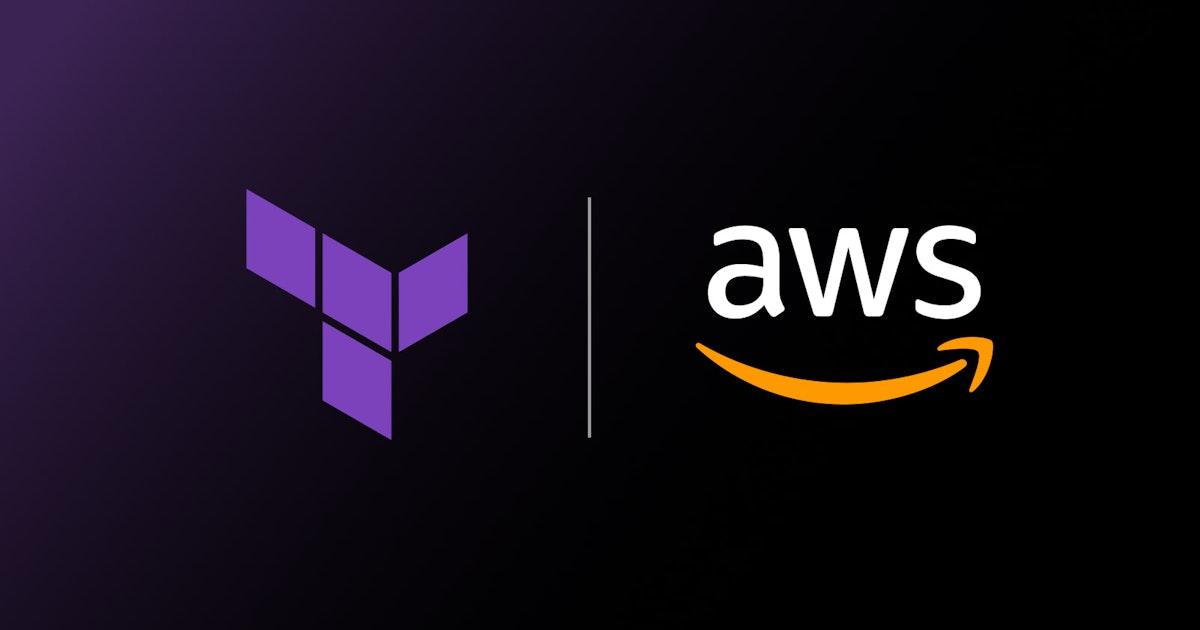The risks of cybersecurity tool sprawl, and why we need consolidation Analysis Report
5W1H Analysis
Who
Key stakeholders include enterprises and organisations globally, cybersecurity software vendors, IT security teams, and regulatory bodies concerned with data protection.
What
The current trend is an overwhelming number of cybersecurity tools being used by organisations that create risky complexity and high operational costs. This triggers the need for consolidation in cybersecurity technology.
When
The issue of cybersecurity tooling sprawl has been prominent over recent years, with increased attention in the past year due to rising cyber threats and compliance requirements.
Where
This issue is prevalent globally but is especially critical in regions with stringent regulatory requirements and high online transaction volumes such as North America, Europe, and parts of Asia.
Why
The driving forces behind this trend include the rapid increase in cyber threats, regulatory compliance requirements, and the diversification of IT environments that demand multiple security realms.
How
Many organisations have amassed numerous cybersecurity tools, often overlapping in function, leading to high costs and management complexity. Consolidation is proposed through integrating solutions and prioritising comprehensive platforms.
News Summary
Cybersecurity tooling sprawl is causing significant challenges for organisations due to risky complexity and excessive costs. The proliferation of cybersecurity tools without consolidation is forcing organisations to face inefficiencies in managing their security environments. This article, the first in a two-part series, addresses why consolidation is crucial, the problems it solves, and strategies to begin this process.
6-Month Context Analysis
Over the past six months, there has been an increased focus on streamlining IT operations and reducing costs in response to economic pressures. Many organisations have been seeking to optimise their cybersecurity infrastructure in line with ongoing digital transformation strategies. Significant moves towards cloud-based security solutions and AI-driven cybersecurity have been observed as means to address these complexities.
Future Trend Analysis
Emerging Trends
- Increased adoption of integrated cybersecurity platforms. - Shift towards cloud-native security solutions. - Growing emphasis on AI and machine learning to manage cybersecurity loads effectively.
12-Month Outlook
In the upcoming year, more organisations will likely invest in integrated security solutions that offer broad capabilities under a single interface, potentially leading to a significant decrease in tool counts and more strategic partnerships between cybersecurity vendors.
Key Indicators to Monitor
- Adoption rates of integrated platform solutions. - Mergers and acquisitions in the cybersecurity space focused on consolidating technologies. - Changes in cybersecurity budgets reflecting centralised investments.
Scenario Analysis
Best Case Scenario
Organisations achieve streamlined cybersecurity operations, resulting in cost savings and enhanced threat detection, with a reduced risk profile due to consolidated, effective toolsets.
Most Likely Scenario
Many organisations begin the shift towards consolidation with gradual integration of platforms, improving efficiency but facing initial transitional challenges.
Worst Case Scenario
Resistance to change due to legacy investments leads to prolonged inefficiencies, increased vulnerability to cyber threats, and continued high operational costs.
Strategic Implications
Organisations should consider auditing current toolsets for overlap, invest in training for cybersecurity staff to handle integrated platforms, and explore partnerships with vendors offering comprehensive security solutions.
Key Takeaways
- Organisations must evaluate the current sprawl of cybersecurity tools to streamline operations (Who/What: Organisations).
- Consolidation can lead to cost savings and improved security efficiency (Why: Underlying motivations).
- The trend is particularly urgent in regions with high compliance demands (Where: Regulatory-heavy regions like EU/US).
- Leverage cloud-native and AI technologies to manage and streamline cybersecurity tasks (How: Technology adoption).
- Regularly monitor the market for integrated solutions that fit specific organisational needs (What: Market dynamics).
Source: The risks of cybersecurity tool sprawl, and why we need consolidation













Discussion